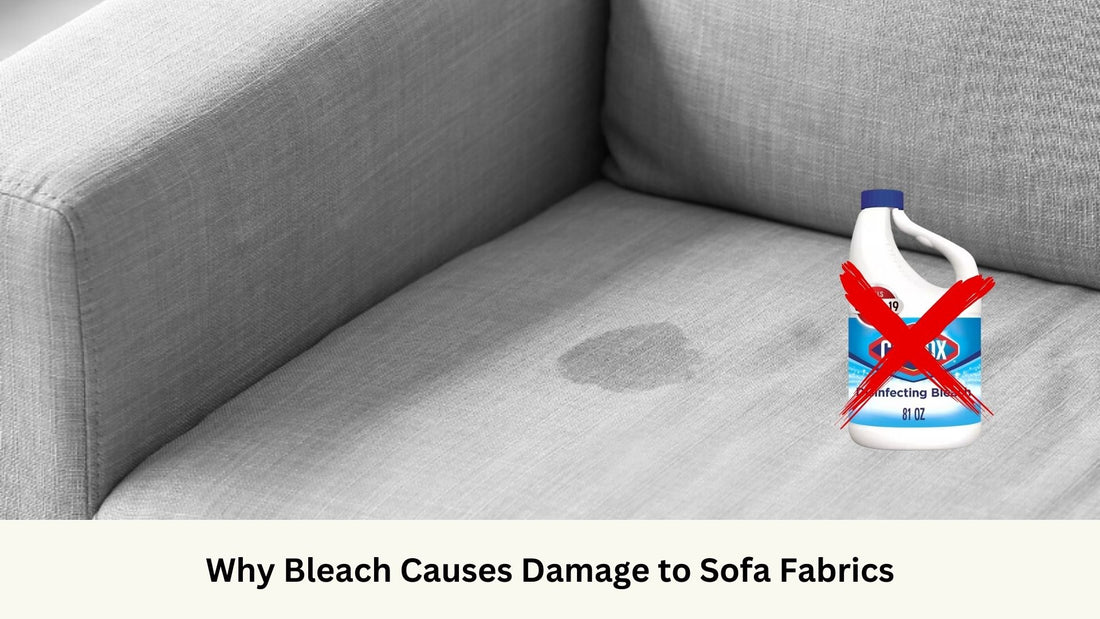
Why Bleach Causes Damage to Sofa Fabrics
Share
When it comes to cleaning, bleach is often a go-to product for its powerful disinfecting properties. However, using bleach on sofa fabrics can have detrimental effects if not done correctly. Let's dive into the science behind bleach damage to sofa fabrics.
How does bleach damage sofa fabrics?
Bleach is a strong oxidizing agent that works by breaking down the chemical bonds in stains and dirt. While this is effective for removing stains, it can also weaken the fibers in sofa fabrics. The active ingredient in bleach, sodium hypochlorite, can cause discoloration, weakening, and even holes in the fabric if not diluted properly or if left on for too long.
What types of sofa fabrics are most susceptible to bleach damage?
Natural fibers such as cotton, linen, and wool are more susceptible to bleach damage compared to synthetic fibers like polyester or nylon. This is because natural fibers are more delicate and can be easily broken down by the harsh chemicals in bleach.
How to prevent bleach damage to sofa fabrics?
To prevent bleach damage, it is crucial to always dilute bleach according to the manufacturer's instructions. Test a small, inconspicuous area of the sofa fabric before applying bleach to check for any adverse reactions. It is also recommended to use bleach alternatives or gentle cleaning solutions specifically designed for upholstery to avoid damaging the fabric.
What are the alternatives to bleach for cleaning sofa fabrics?
There are several alternatives to bleach for cleaning sofa fabrics, such as vinegar, baking soda, or commercial upholstery cleaners. These alternatives are gentler on the fabric and can effectively remove stains without causing damage. It is important to always follow the instructions on the cleaning product to ensure safe and effective cleaning.
Published: 13th Jun 2024
